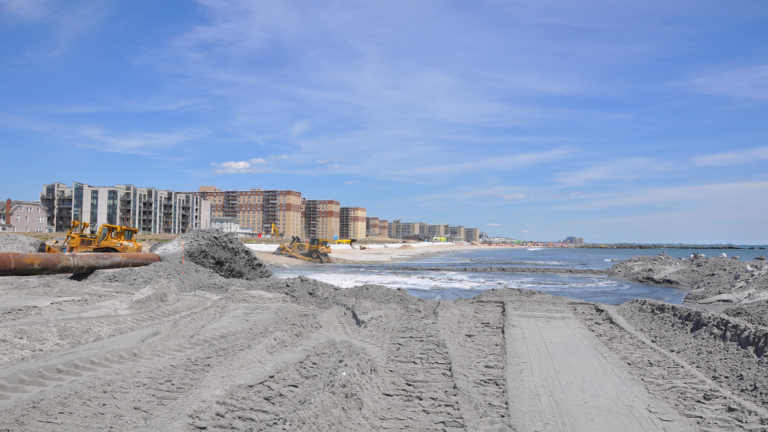Selling sand in the desert is an old proverb to describe a skilled salesman. However, the definition may need to be reevaluated. Sand used in construction is becoming a rare and precious resource and the high demand is causing problems for ecosystems and humans alike.
With more and more people moving to cities, there is an urgent demand for new houses. With this comes an increased demand for sand that can be used in concrete and other construction materials. According to a recent article, there has been a sixfold increase in sand extraction over the last 25 years. This excessive use of sand resources is causing ecosystem services to collapse and entire islands to disappear.
The sand used by industries is often found along river banks and coastlines. Consequently, coral reefs are damaged and species that live alongside rivers, for example crocodiles, fish and dolphins, are disappearing. Furthermore, it is assumed that the sand extraction on the shores in Sri Lanka made the coastal line less resilient to the tsunami in 2004. The rivers from which the sand is extracted are also important fresh water reservoirs for the people living close by.
Since this problem is still relatively unknown to the public, there are currently no major efforts aimed at solving it. According to Aurora Torres, one of the researchers investigating the impacts of sand extraction, there are three main ways of combating the over-exploitation of sand. The first way is to diminish the need for sand, second, to extract sand in a more sustainable way, and lastly, to pursue other options for sand. One possibility is to reuse concrete and other types of building material by crushing it into smaller fragments. However, the main users of sand are the fast-growing nations in Asia, where there is a lack of old infrastructure to apprehend this material from. There have, however, been a few successful efforts where sand is replaced by other materials. India’s a prevailing problem with plastic waste initiated the idea of substituting sand with plastic granules made from the by-products of the plastic industry.
Sand is a finite resource, like oil and minerals. The shortage of the resource will become even more problematic unless it is addressed promptly by policy- and decision makers. In order to make a difference, awareness must be raised about the excessive sand extraction and that it is in fact an urgent problem.


